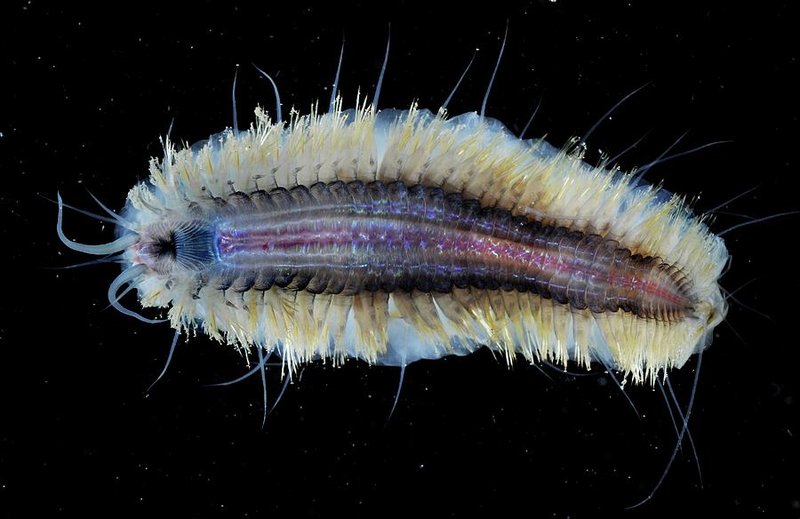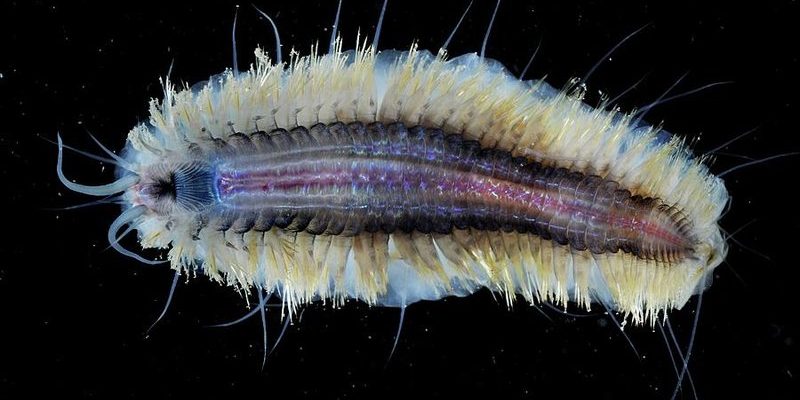
Imagine having a miniature ocean in your own backyard, where you can observe marine life up close. That’s what studying polychaetes in captivity could offer. But it raises several questions—Can we effectively keep them? What are their needs? And is farming them a viable option? Let’s dive into these intriguing questions!
Understanding Marine Polychaetes
Polychaetes are often referred to as “bristle worms” due to the small, bristle-like structures called chaetae that line their bodies. These worms are incredibly diverse, with over 10,000 known species thriving in various marine environments. They can be found burrowing in the ocean floor, living among coral reefs, or even swimming in the water column.
Their habitats range from shallow coastal areas to the deep sea. What’s fascinating is how each species adapts to its environment. For instance, some polychaetes have developed beautiful colors to camouflage among corals, while others have biological mechanisms to thrive in extreme conditions. Understanding these creatures is like unlocking a treasure chest of biological wonders—there’s always something new to discover!
You might also encounter polychaetes in aquaculture or aquarium setups. They can be a source of food for fish and other marine animals, making them valuable in the pet trade and commercial aquaculture. But this brings us to the big question: Can we keep them in captivity?
Can Polychaetes Be Kept in Captivity?
Keeping polychaetes in captivity is definitely possible, but it requires a careful approach. First off, you need to replicate their natural habitat as closely as possible. This means providing the right temperature, salinity, and substrate for burrowing.
Most polychaetes like sandy or muddy substrates, as they use them to build tubes or burrows. When creating an aquarium, make sure to include a variety of sand and mud types to mimic their natural environment. Water quality is crucial too. Regularly checking parameters like pH, ammonia levels, and temperature is essential to keep these delicate creatures healthy.
Lighting can also play a role in their well-being, depending on the species. Some polychaetes prefer low-light conditions found in deeper waters, while others might thrive under brighter lights. Adjusting your aquarium’s lighting can help you observe their behavior better.
Overall, while keeping polychaetes can be challenging, it’s definitely doable with the right setup and care.
Research Opportunities with Polychaetes
Studying polychaetes opens up a world of scientific exploration. Their diverse adaptations can teach us about environmental resilience, evolution, and even biomedicine. For example, some species exhibit regenerative capabilities, meaning they can regrow lost body parts. This has inspired research into wound healing and tissue regeneration in humans.
In laboratories, researchers can observe polychaetes’ feeding behavior, reproductive patterns, and responses to environmental stressors. Their short life cycles make them ideal candidates for experiments. Plus, polychaetes are often used as bioindicators, helping scientists assess the health of marine ecosystems.
You might be thinking, “That sounds great, but is it ethical?” Ethical considerations in research are essential. Proper care and respect for these creatures should always come first, ensuring their well-being throughout the study.
Potential for Farming Polychaetes
The idea of farming polychaetes is intriguing. With their role in aquaculture as food for fish and other marine organisms, cultivating them could be a sustainable source of nutrition. But, like keeping them in captivity, farming polychaetes comes with its own set of challenges.
One major hurdle is the initial setup costs and knowledge requirements. Farmers need a solid understanding of polychaete biology, their dietary needs, and optimal environmental conditions. The farming system also has to minimize waste and maximize productivity, which can be complex.
That said, successful polychaete farming has been done in some regions. For instance, aquaculture operations in specific areas are already drawing on polychaetes to enhance feed quality for fish species. This practice shows potential, particularly as the demand for sustainable seafood increases.
If you’re considering polychaete farming, it might be wise to start small. Monitor your setup closely, and don’t hesitate to reach out to professionals or experts in the field.
Challenges in Captivity and Farming
While keeping and farming polychaetes is feasible, there are several challenges you’ll want to navigate. First up, ensuring a stable environment is key. Fluctuations in water quality, temperature, or salinity can stress these creatures and affect their health. As mentioned earlier, routine maintenance of your aquarium is vital.
Another challenge is the diet. Polychaetes can be picky eaters, enjoying a varied diet that consists of detritus, plankton, and other organic matter. Finding a balanced and appropriate diet can require some experimentation.
Also, some polychaete species can be aggressive. If you’re keeping multiple species together, you might witness territorial behavior. It’s crucial to research and choose compatible species if you’re considering a mixed setup.
Overall, while there are hurdles in keeping and farming polychaetes, the rewards of studying these remarkable creatures in captivity are well worth the effort.
The idea of keeping marine polychaetes in captivity for study or farming presents exciting possibilities. From their ecological significance to their potential in teaching us about marine biology, these creatures are invaluable. While challenges exist, with proper care and understanding, we can unlock their secrets.
As we continue to explore ways to farm polychaetes sustainably, we might find solutions to food production challenges in aquaculture. Learning more about these fascinating worms can enhance biodiversity, enrich research opportunities, and even contribute to seafood sustainability.
So, whether you’re a budding marine biologist or an aquaculture enthusiast, marine polychaetes offer a glimpse into the vibrant complexity of ocean life. Who knows, you might just discover something amazing!

